 Introduction:
Introduction:
Experiencing camera shake can be frustrating and can negatively impact the quality of your photographs or videos. Camera shake refers to the unintentional movement or vibration of the camera during the capture process, resulting in blurry or distorted images. In this article, we will explore the reasons why your camera may be shaking and provide guidance on how to resolve the issue. By understanding the potential causes and implementing appropriate solutions, you can ensure crisp and stable images with your camera.
Introduction to Camera Shake
Camera shake can occur due to various factors, resulting in blurry or shaky images.
A. Definition: Camera shake refers to unintended movement or vibration of the camera during image capture, which can result in blurry or distorted photographs or videos.
B. Impact on Image Quality: Camera shake can adversely affect image sharpness, clarity, and overall quality, making it a common frustration for photographers and videographers.
C. Contributing Factors: Several factors, such as handheld shooting, low light conditions, inappropriate shutter speed, and unstable camera support, can lead to camera shake.
 Understanding the Causes of Camera Shake
Understanding the Causes of Camera Shake
Understanding the potential causes of camera shake is crucial for accurate troubleshooting.
A. Handheld Shooting: Holding the camera by hand can introduce natural hand movements, resulting in camera shake. This is especially noticeable at slower shutter speeds.
B. Insufficient Shutter Speed: Using a slow shutter speed without stabilization techniques can exacerbate camera shake, causing blurry images.
C. Low Light Conditions: In dimly lit environments, longer exposure times may be required to achieve proper exposure. These extended shutter speeds increase the likelihood of camera shake.
Tips to Minimize Camera Shake
Implementing certain techniques and adjustments can help minimize camera shake for sharper images.
A. Use a Tripod or Stable Surface: Utilize a tripod or place your camera on a stable surface to eliminate hand movements and ensure stability during image capture.
B. Stabilization Techniques: Engage image stabilization features, such as optical stabilization (OIS) or sensor-shift stabilization, offered by many modern cameras and lenses to compensate for camera shake caused by handheld shooting.
C. Optimize Shutter Speed: Increase the shutter speed to freeze motion or use faster shutter speeds in low light conditions to reduce the effects of camera shake.
 Additional Measures to Reduce Camera Shake
Additional Measures to Reduce Camera Shake
Additional measures can be taken to further minimize camera shake and improve image quality.
A. Proper Handholding Technique: Practice proper handholding techniques, such as bracing your arms against your body, for better stability when shooting handheld.
B. Trigger Techniques: Employ techniques like using the camera’s self-timer or a remote shutter release to minimize camera shake caused by pressing the shutter button.
C. Weight Balance: Ensure proper weight balance by using a lighter lens or employing a tripod with a center column weight hook to stabilize the camera setup.
Image Editing Software for Camera Shake Correction
Image editing software can be employed to correct minor camera shake and enhance image sharpness.
A. Post-processing Capabilities: Utilize image editing software with features like Sharpening, Shake Reduction, or Intelligent Upscaling to rectify minor camera shake and improve overall image quality.
B. Limitations of Post-processing: While software correction can help correct slight camera shake, it is not a substitute for proper camera stabilization during image capture.
VI. Seeking Professional Assistance
For persistent camera shake issues or complex camera setups, professional guidance may be necessary.
A. Consultation with Experts: If camera shake persists despite applying various techniques, consider consulting with professionals or attending workshops to gain insights into more advanced stabilization methods.
B. Equipment Considerations: In certain instances, upgrading or using specialized equipment, such as gimbals or stabilizers, may be required to address specific camera shake concerns.
 Comparing Ring camera and Blink camera:
Comparing Ring camera and Blink camera:
When comparing Ring camera and Blink camera, both are popular brands that offer home security camera solutions. Here are some points of comparison between the two:
Features and Functionality:
Both Ring and Blink cameras provide basic features such as HD video recording, motion detection, and alerts. However, Ring cameras offer a wider range of features, including two-way audio, customizable motion zones, and integration with other Ring devices such as doorbells and security systems. Blink cameras focus more on simplicity and efficiency, with features like battery-powered operation and extended battery life.
Installation:
Ring cameras are typically wired cameras that require a power source, which can involve more complex installation. On the other hand, Blink cameras are known for their wireless and battery-powered design, making them easier to install and move around.
Storage Options:
Ring cameras usually come with cloud storage options that allow you to access and save recorded footage for a fee. They also offer the option to subscribe to a Ring Protect plan for additional features and extended cloud storage. Blink cameras, on the other hand, provide free cloud storage for recorded videos, but there are limitations on the duration and number of clips that can be stored. They also offer the option to add a Blink Sync Module for local storage with a USB flash drive.
Price:
In terms of pricing, Blink cameras are generally more affordable compared to Ring cameras. Ring cameras often have a higher initial cost and may require a subscription plan for certain features and extended cloud storage.
Integration and Ecosystem:
Ring cameras are part of the larger Ring ecosystem, allowing for seamless integration with other Ring devices and the Ring app. This includes features like live viewing, two-way audio, and access to recorded footage from all connected Ring devices. Blink cameras have limited integration options and are primarily focused on standalone camera functionality.
Customer Support:
Both Ring and Blink offer customer support, but Ring is known for its comprehensive support system, including online resources, live chat, and phone support. Blink also offers customer support but may have more limited options.
Ultimately, the choice between Ring and Blink cameras depends on individual preferences, budget, and specific needs. Ring cameras provide a broader feature set and integration options, while Blink cameras focus on simplicity and affordability. Considering factors like desired features, storage options, installation ease, and budget can help make an informed decision for home security camera solutions.
 Conclusion
Conclusion
Camera shake can hinder the quality of your photographs or videos, but understanding the causes and implementing appropriate solutions can help minimize its effects. By utilizing stable camera support, optimizing shutter speed, and employing proper shooting techniques, you can significantly reduce camera shake and achieve crisper, sharper images. Remember to explore options for image stabilization features, utilize post-processing software if needed, and seek professional assistance when necessary. With these insights and techniques, you can overcome camera shake challenges and capture stunning, motion-free images with ease.


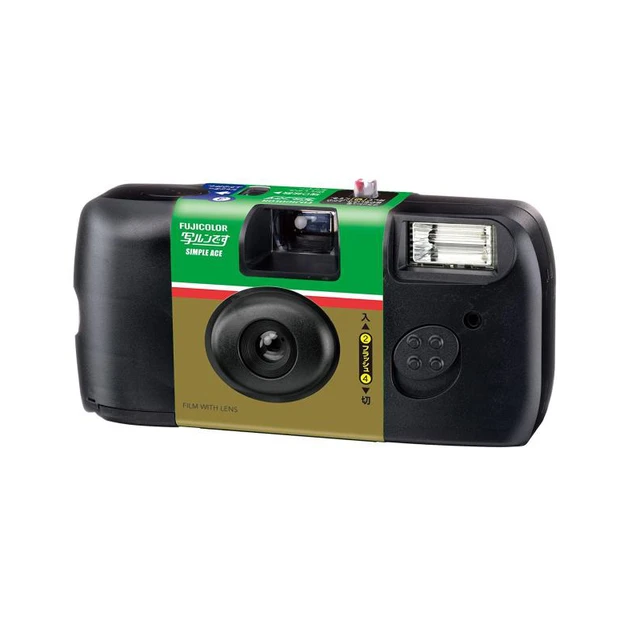 Introduction:
Introduction: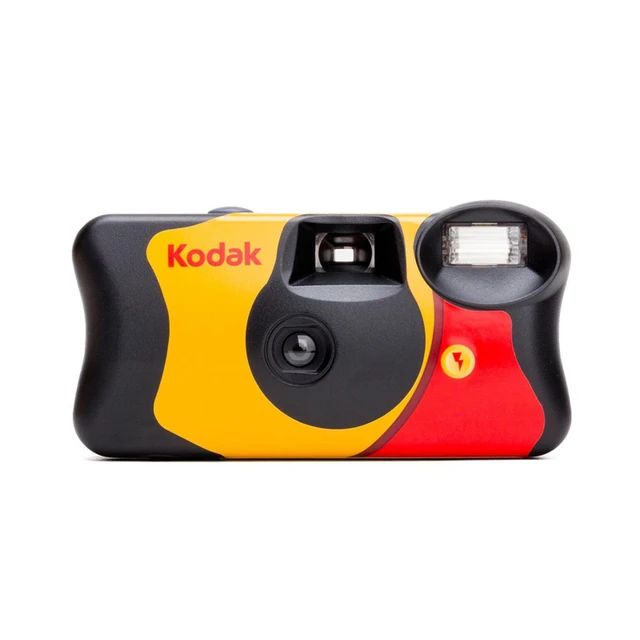 Understanding Disposable Camera Types and Film Formats
Understanding Disposable Camera Types and Film Formats Factors Influencing the Number of Pictures
Factors Influencing the Number of Pictures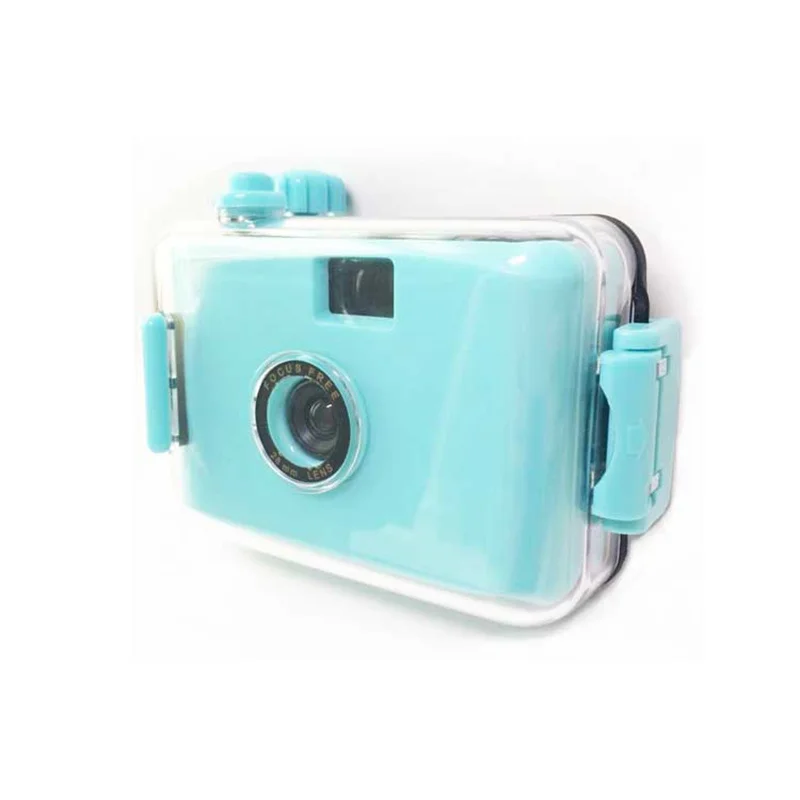 Maintenance tips:
Maintenance tips: Conclusion
Conclusion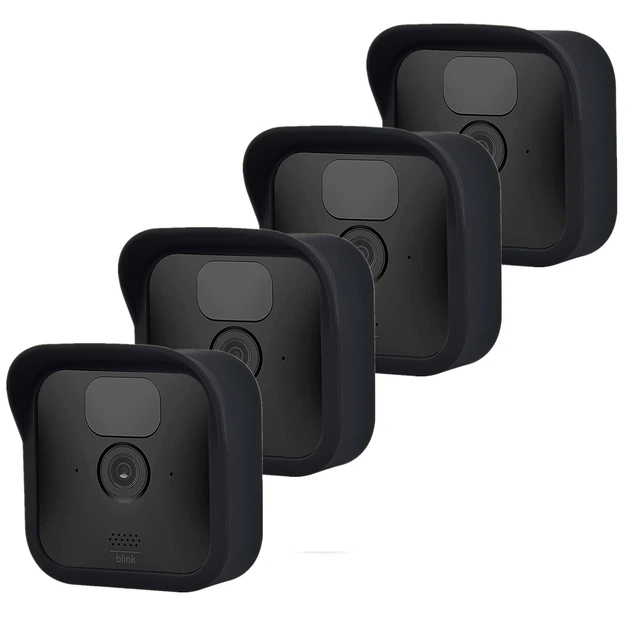
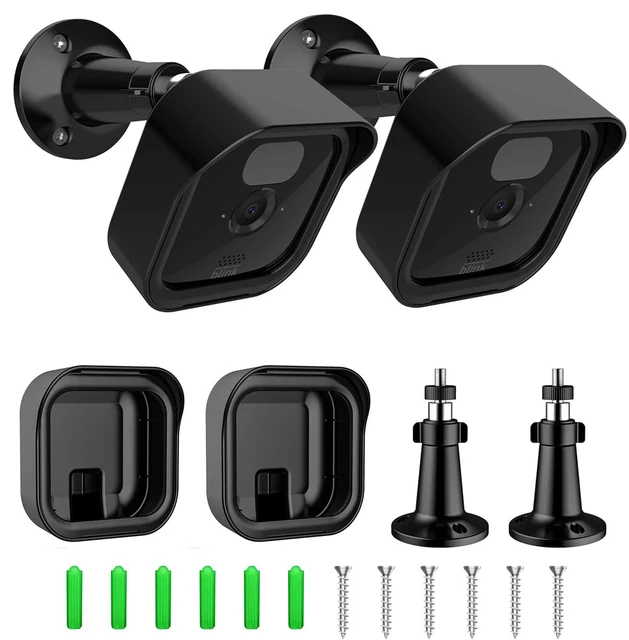 Introduction:
Introduction: Tips for Maximizing Battery Life
Tips for Maximizing Battery Life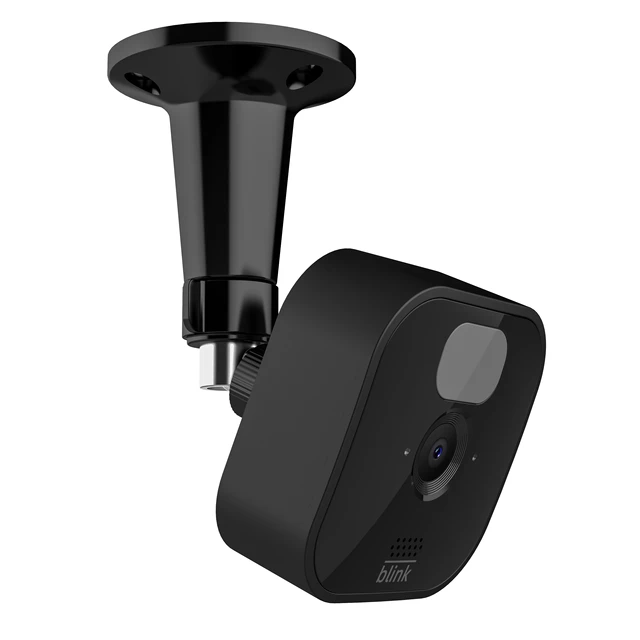 Blink cameras and Ring cameras:
Blink cameras and Ring cameras: Blink cameras offer several advantages:
Blink cameras offer several advantages: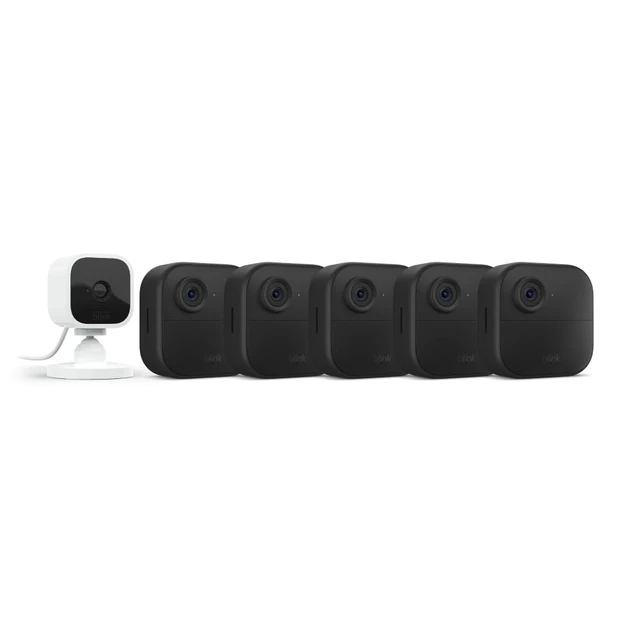 Conclusion:
Conclusion:
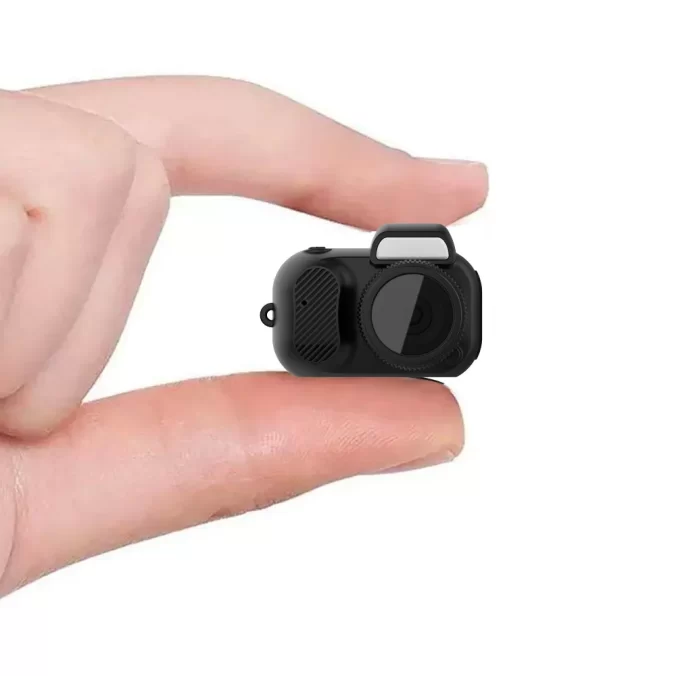
 Introduction:
Introduction: Some key advantages of cameras:
Some key advantages of cameras: Key Figures in Camera Invention
Key Figures in Camera Invention Some essential tips for camera maintenance:
Some essential tips for camera maintenance: Conclusion:
Conclusion:
 Introduction:
Introduction: Some common types of cameras:
Some common types of cameras: The Predecessors of the Camera
The Predecessors of the Camera Camera Evolution and Technological Advancements
Camera Evolution and Technological Advancements Conclusion:
Conclusion: Introduction:
Introduction: Understanding Film Formats
Understanding Film Formats Cleaning the sensor of a disposable camera:
Cleaning the sensor of a disposable camera: Conclusion:
Conclusion: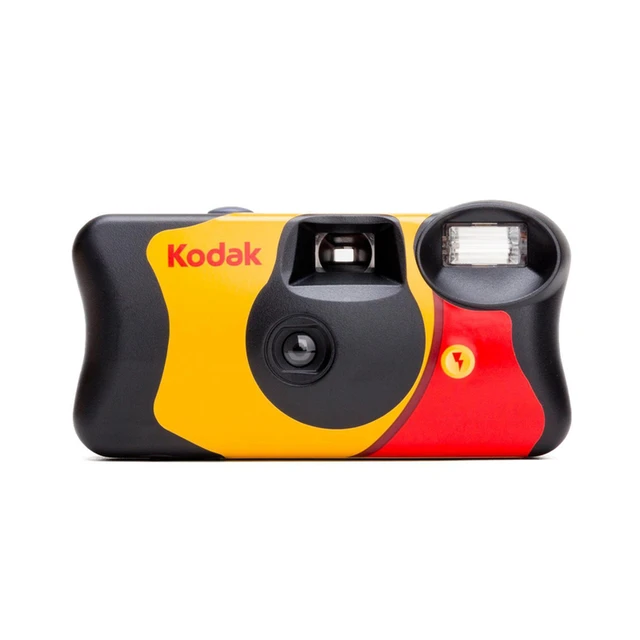
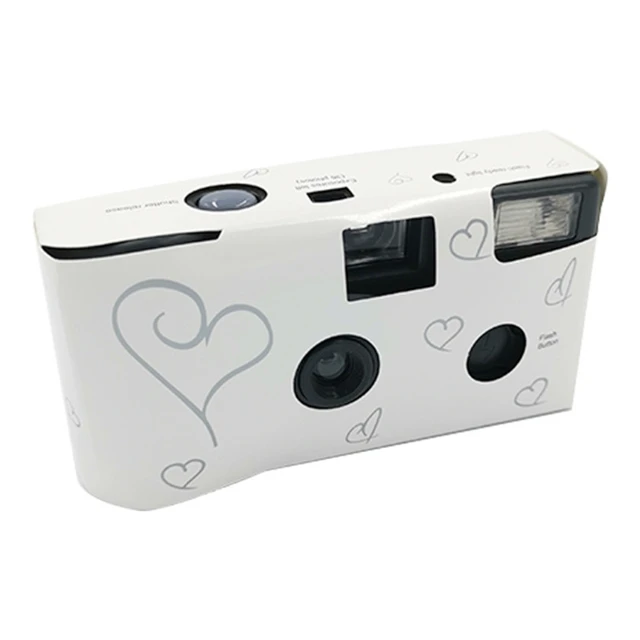 Introduction:
Introduction: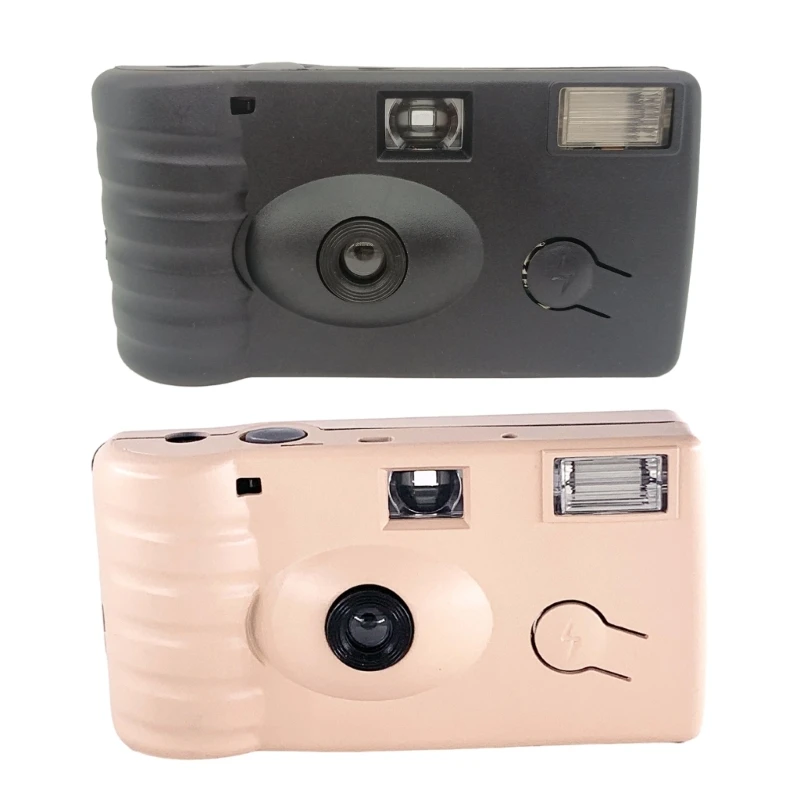 Understanding Film and Exposures
Understanding Film and Exposures Developing and Printing the Film
Developing and Printing the Film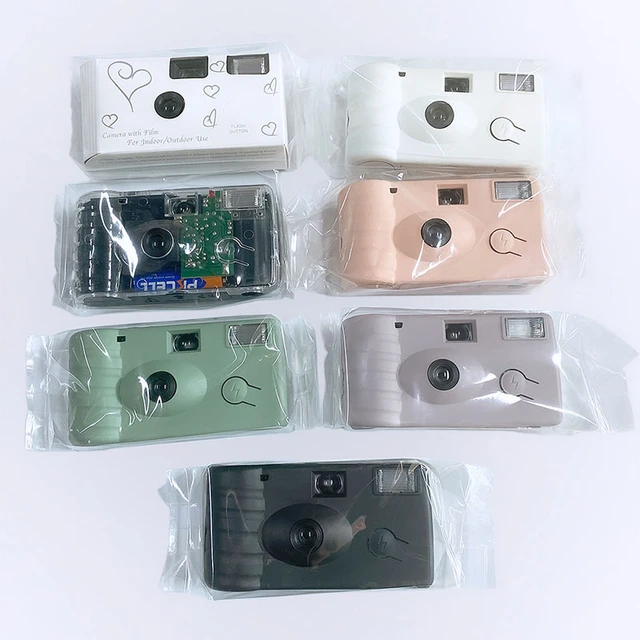 Some general cleaning precautions to keep in mind:
Some general cleaning precautions to keep in mind: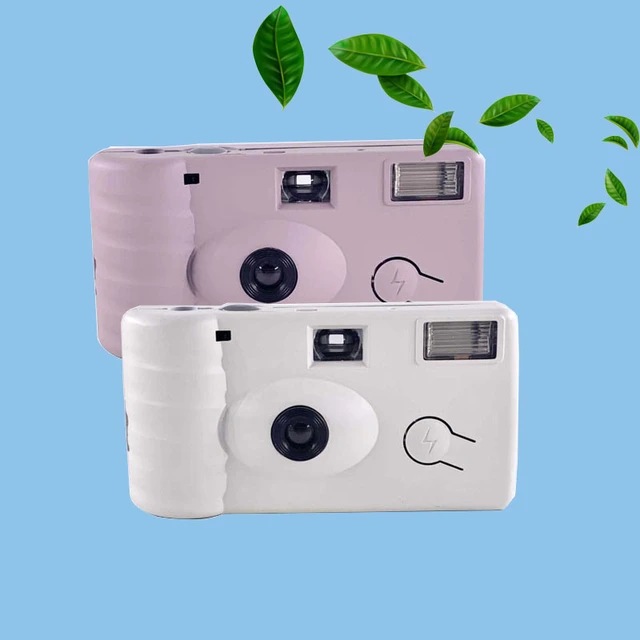 Conclusion:
Conclusion:
 Introduction:
Introduction: Some key advantages of Blink Cameras:
Some key advantages of Blink Cameras: Overview of Blink Camera Warranty
Overview of Blink Camera Warranty Blink Camera and Ring Camera:
Blink Camera and Ring Camera: Conclusion:
Conclusion: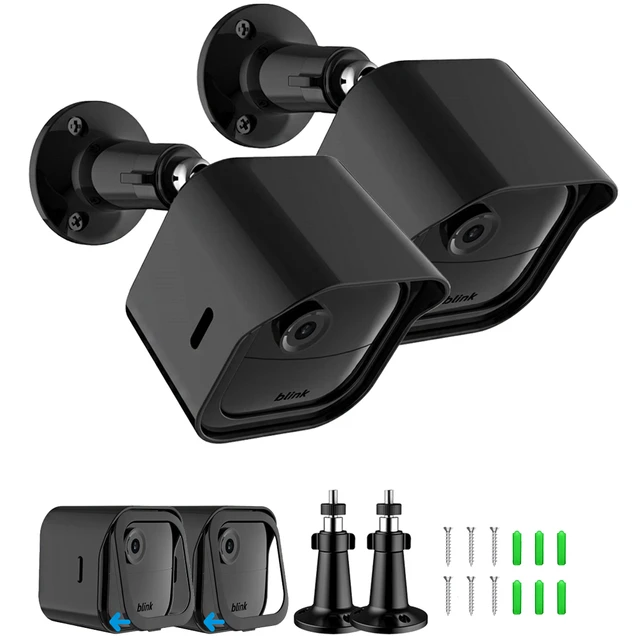
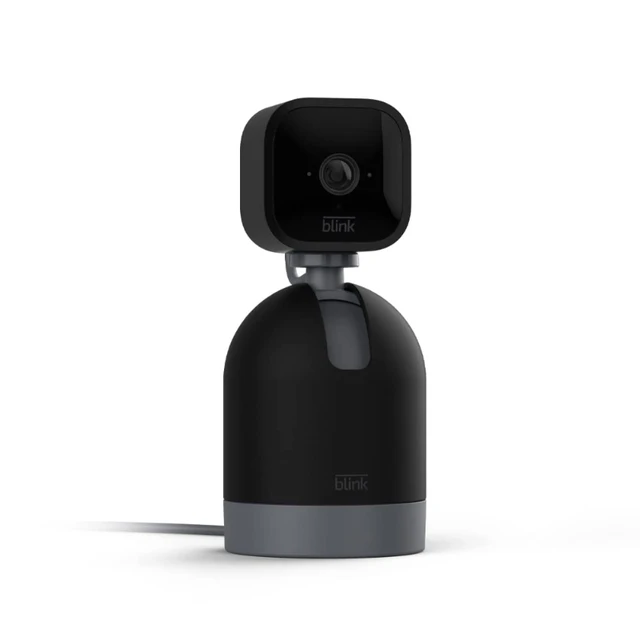 Introduction:
Introduction: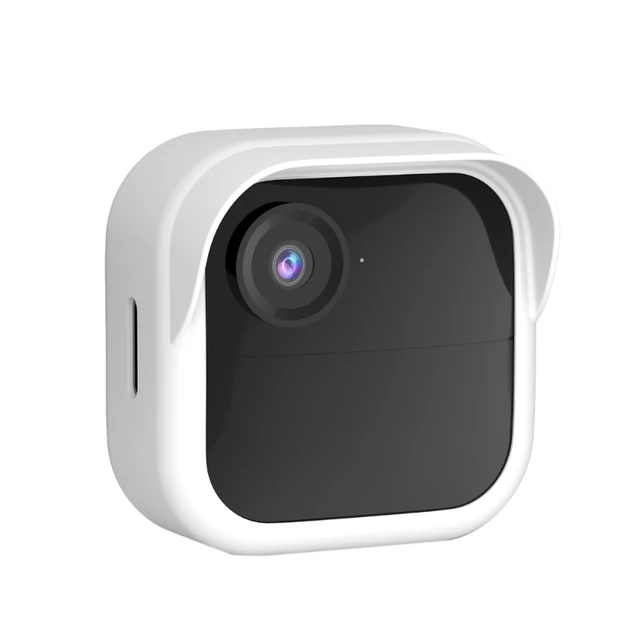 Some potential risks and consequences of a Blink camera not recording:
Some potential risks and consequences of a Blink camera not recording: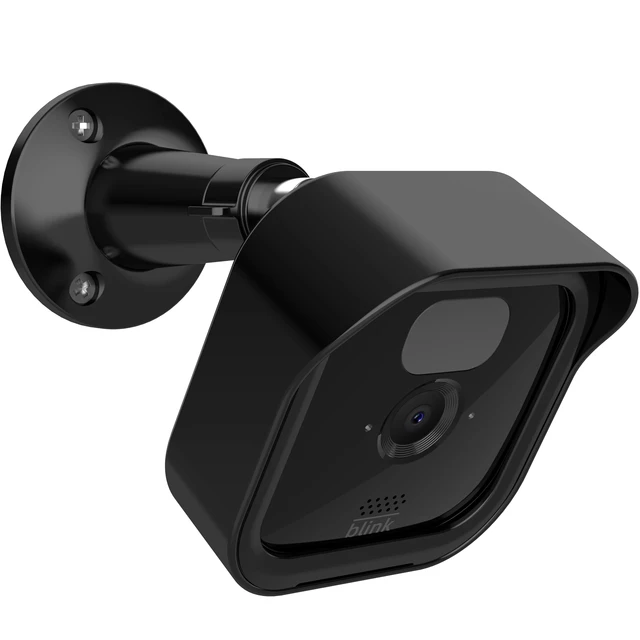 Power and Connectivity
Power and Connectivity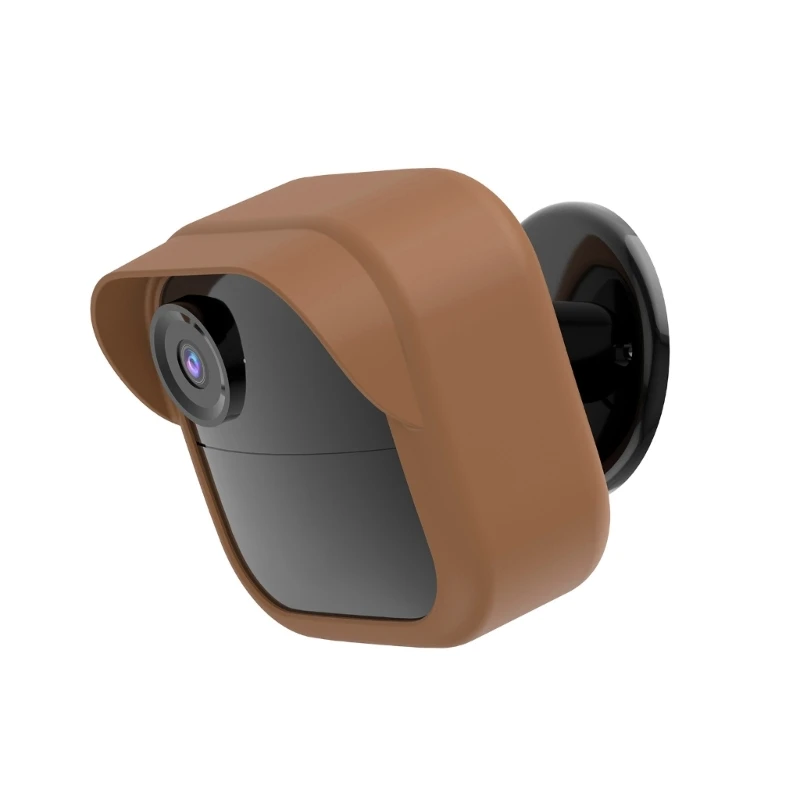 Camera Maintenance and Environment
Camera Maintenance and Environment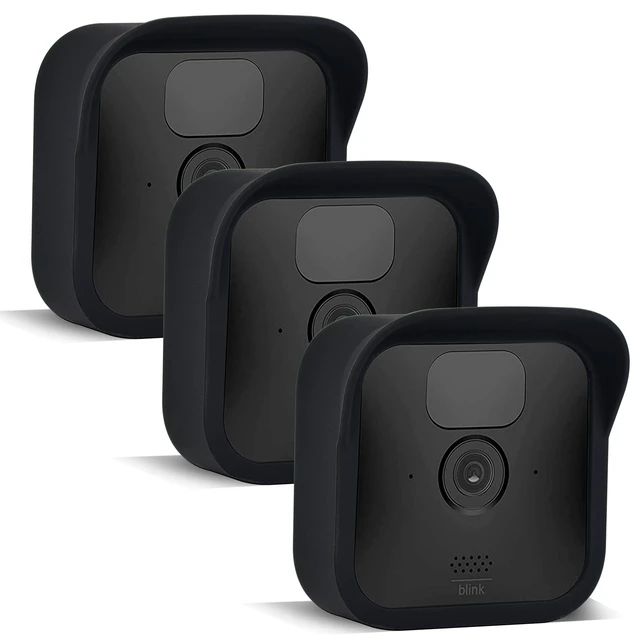 Conclusion:
Conclusion: